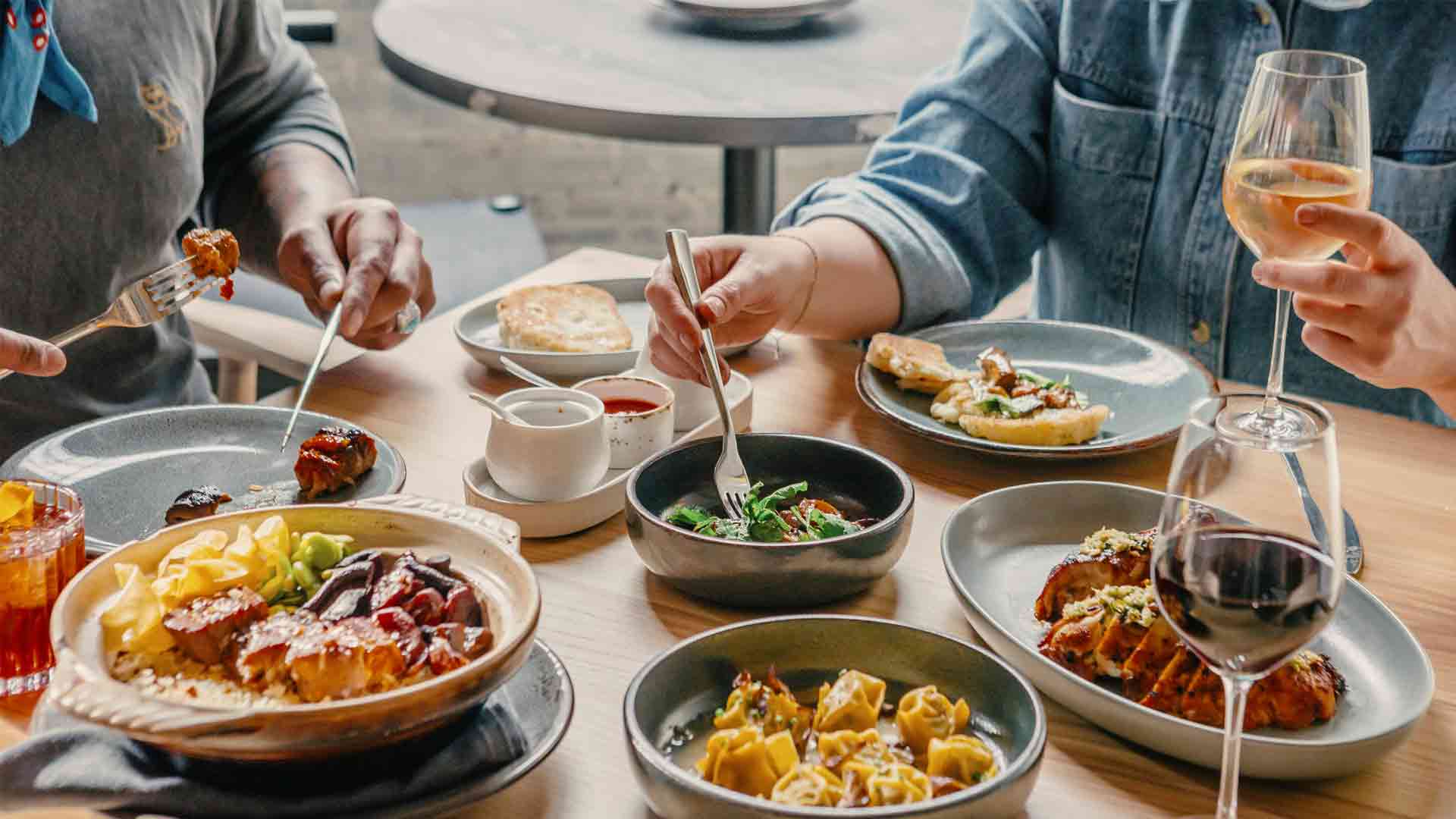Dishes That Travel with Time

Dishes That Travel with Time: Culinary Journeys Through History
Food, far from being a mere necessity, is a powerful storyteller. It whispers of civilizations past, of migrations, trade routes, and the evolution of human taste. "Dishes That Travel with Time" explores the fascinating phenomenon of how certain culinary creations have transcended borders, generations, and even empires, leaving their indelible mark on the global culinary landscape. These dishes aren't just meals; they are edible chronicles, offering a unique perspective on the human story.
One of the most globally recognized examples is the humble yet versatile pizza. While its origins are debated, with roots potentially tracing back to ancient civilizations, the modern pizza we know and love blossomed in 18th and 19th-century Naples, Italy. The addition of tomatoes, brought from the Americas, was a game-changer. From its humble beginnings as street food for the working class, pizza has conquered the world. Today, it exists in countless variations, from the classic Margherita to the exotic creations found in Japanese pizza or the deep-dish style of Chicago. This global spread demonstrates the power of simplicity and adaptability, highlighting how a single dish can morph and evolve to suit local tastes and ingredients.
Another excellent example is the curry. The term itself encompasses a broad spectrum of dishes, primarily originating from the Indian subcontinent. Curry's journey is a testament to the influence of trade and colonization. During the British colonial era, Indian curries were brought to the UK, where they gradually evolved to suit British palates. This led to the creation of dishes like Chicken Tikka Masala, often touted as a British national dish. The spice blends, cooking techniques, and ingredients have undergone transformations as they encountered new cultures, demonstrating the dynamism of culinary exchange. Similarly, the influence of Indian cuisine can be seen across Southeast Asia, with curries adapted to local ingredients like coconut milk and lemongrass.
The story of noodles is equally captivating. While often associated with East Asian cuisine, evidence suggests that noodles may have originated in the Middle East. From there, they traveled eastwards, evolving into various forms like ramen in Japan, pho in Vietnam, and pasta in Italy. The adaptability of noodles, their ability to incorporate diverse ingredients and sauces, has contributed to their widespread appeal. The simplicity of the basic form allows for endless creativity, resulting in a multitude of flavors and textures that resonate across different cultures.
Furthermore, the evolution of dumplings showcases the adaptability of food. Found across the globe, from the pierogi of Poland to the empanadas of Latin America and the momos of Tibet, the dumpling takes on various forms. The commonality lies in the combination of a filling wrapped in a dough, a technique that allows for versatility and a canvas for different cultural flavors and ingredients. This highlights the human tendency to adapt the same basic cooking techniques to local contexts, producing a remarkably diverse range of dishes.
The role of trade routes cannot be underestimated. The Silk Road, for example, facilitated the exchange of spices, ingredients, and cooking techniques between East and West, impacting the development of culinary traditions. The spice trade revolutionized cooking globally, leading to the introduction of new flavors and techniques, forever changing the way people ate. The colonization by European powers has also played a crucial role, impacting the introduction of new cuisines and dishes across the globe.
Looking towards the future, the exchange of culinary knowledge is likely to become even more pronounced. Increased globalization and access to information via the internet mean that people can experience and appreciate cuisines from all over the world. Technology also plays an important role, with platforms like best international food experiences facilitating the delivery of authentic dishes to consumers worldwide. The ability to quickly share recipes, cooking videos, and culinary traditions creates a dynamic exchange that continues to shape the evolution of dishes across time and space.
In conclusion, "Dishes That Travel with Time" unveils the remarkable journeys of food. These dishes are more than just sustenance; they are testaments to human ingenuity, resilience, and the enduring power of cultural exchange. Understanding their origins, transformations, and spread allows us to appreciate the rich tapestry of global cuisines and the compelling stories woven within each delicious bite.
```